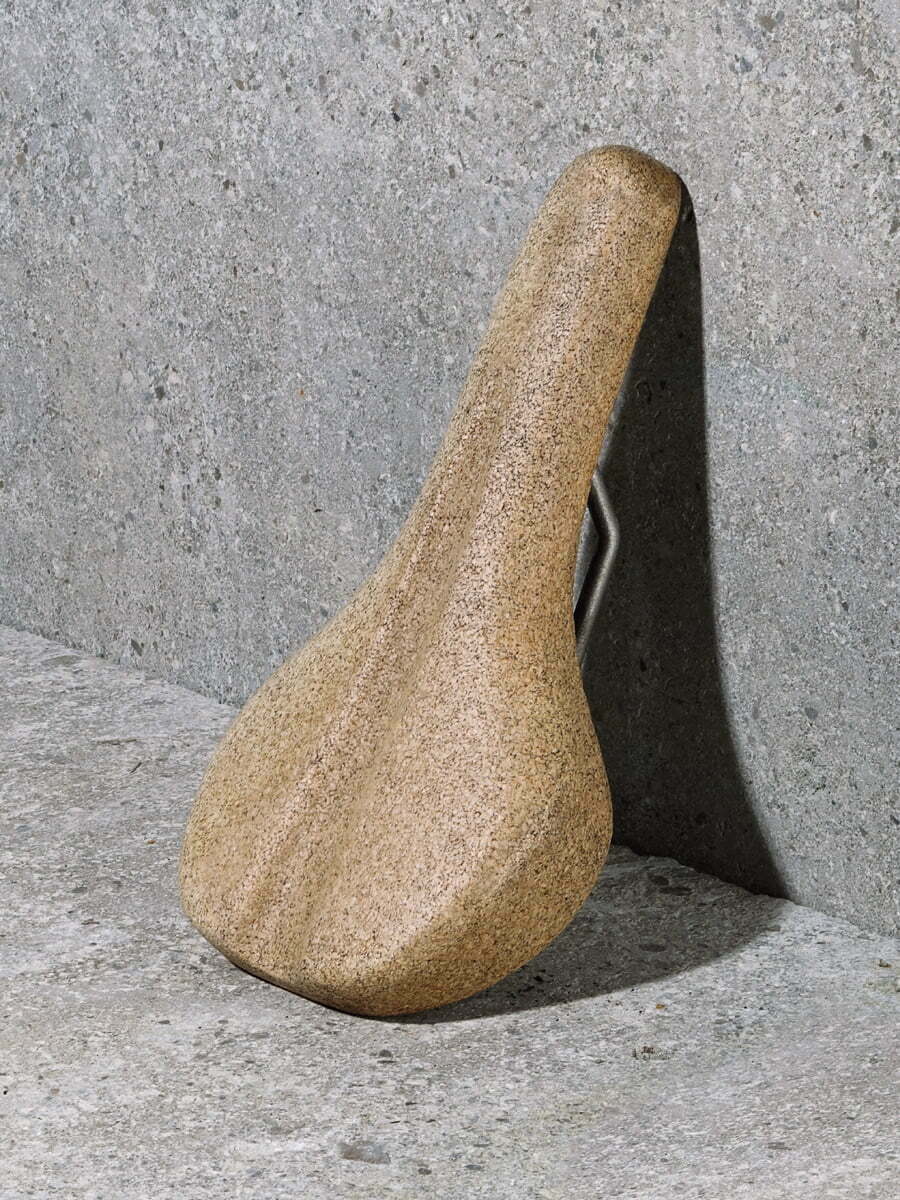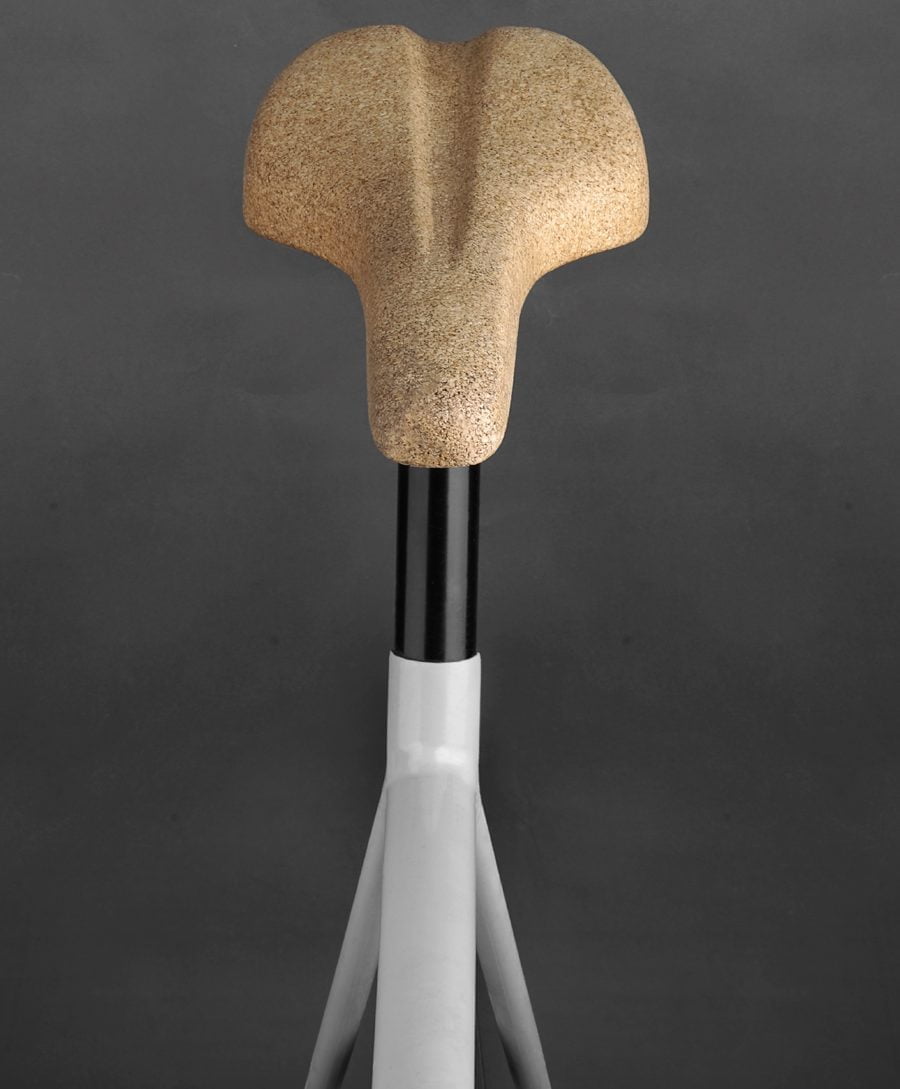10 Questions with Evan Gary, founder of Frame Cycles, a sustainable bicycle and accessories company.
1. Thank you so much for sharing your story with our readers. Can you tell our audience a bit about yourself?
Sure… my own background is in Architecture and Design. I’ve been working as a Designer for a watch manufacturer for the last five years, whilst Frame Cycles has been a side project. I had the idea for the company after building my own bike frame at the Bicycle Academy in Somerset, UK. When it came to choosing a saddle I couldn’t quite find something that was right for me. I wanted something in a natural material, but didn’t want to use leather – and there wasn’t much out there that fitted that niche.
Initially, I only had one day per week to work on Frame Cycles, as the other four days I was contracted with the watch manufacturer, but I’ve now reduced my hours with them to three days, so I’ve got a bit more time to focus on Frame. I’ve a young family as well, so it’s hard to find the time to fit everything in!
2. One of the products you are about to launch is a bike seat made of cork and titanium. What makes cork the ideal material for a bike seat?
It has a great balance of natural properties. Springiness, lightweight, water resistance and a little bit of grip are essential features of almost any bike seat – and they all happen to be naturally present in cork.

3. In terms of comfort, how does your bike seat compare to traditional seats on the market?
If memory foam is a 10 and a Brooks saddle is a 1 on the softness scale – then we’re probably a 2 or a 3. Reconstituted cork can be manufactured at different densities, but the first prototype I built and tested was quite a firm density – so that’s what we’ll launch with first of all I think, and then maybe branch out into some softer options further down the line. Like with a Brooks saddle it softens up a bit once you break it in. Generally, a firmer saddle is good for regular cyclists, as too soft a saddle can lead to back problems – but something too firm can be sore for people who don’t cycle that often so haven’t built up a tolerance – so there are pros and cons to either option.
4. Nobody likes a wet behind when they are biking; how does your bike seat withstand rain or even snow?
Cork has natural water resistance. That’s why its historical uses were in fishing and wine storage, so it has got pretty good weather resistance to begin with. We coat it in a water-based lacquer to add an extra layer of protection, but I’m not even sure that’s needed to be honest – in the future, we’ll test some versions without the coating and see how they age for comparison. One thing we do find is that the cork fades a little over time with outdoor usage. This is the effect of UV exposure – similar to how wood ages with exposure to light. For me, it’s one of the perks of natural materials to see them change and develop a patina as they age.

5. Are you the only company offering cork and titanium bike seats?
We’re the only company offering a cork and titanium bike seat, yes. At the time when we began the project there was nothing else on the market that used cork, but this summer another small company launched a saddle in cork and carbon fibre. In a way, it was encouraging to see someone else with a similar idea, as it means other people clearly think the concept is viable. Their cork parts are machined to shape rather than molded, so it’s a slightly different process and aesthetic to ours. I think there’s room in the market for other, more established, saddle makers to branch out into cork as well – it would be cool if it became one of the standard material choices, like leather, plastic and PU, as I think eco-conscious consumers would like to at least have the option.
6. How are you ensuring the sustainability of your product from production to consumer?
The cork supplier we are working with is a company in Portugal, who I first met around five years ago. What stuck in the mind was their passion for sustainability, as well as their ability to deliver consistent quality. Cork is harvested by peeling one-third of the bark from cork oak trees every nine years. It doesn’t harm the trees, the bark grows back, and the land the cork trees grow on is used for other things like foraging mushrooms and truffles. The cork oak ecosystems were for a time considered under threat after the wine stopper industry started using alternative materials, but people have begun turning back to cork in recent years after studies showing how much better cork stoppers are environmentally than any other alternatives. The reconstituted cork that we use is made by gathering up the leftover bits from wine stopper manufacturing and then mixing them with a natural binder which can then be compression molded.
Titanium is the other material that we use, which is a great plastic-free alternative to carbon fiber. It’s lighter than steel, with a better strength-to-weight ratio, and it doesn’t rust, so it can be easily recycled. There’s been a growing appreciation of titanium in the bike industry in the last few years – Sturdy Cycles, for instance, who make incredible titanium frames, won Best in Show at Bespoked handmade bike show this year. I expect as the more people start to see what can be achieved with titanium, the more demand there is going to be for titanium frames as a more sustainable alternative to carbon fiber.

7. Your company is very new, launching this fall, but what has demand been like so far?
There seems to be a lot of enthusiasm and interest – which is great but also creates a bit of pressure to deliver. We’re a very small outfit, so we are going to be working full tilt in the coming months to try to bring everything together and have a larger production ready by early next year.
8. Will you be expanding to different cork products over time?
I definitely think some natural cork handlebar tape is something I’d like us to offer. Visually it’s nice to have matching saddle and handlebars I think, and lots of handlebar tape that’s already on the market has cork in it – but it tends to be mixed with a large amount of EVA. Based on our experimentation with the saddles, I think a mix with a much higher ratio of natural cork should be possible and still hold together in handlebar tape – but we’re going to need to do a lot of testing of this before bringing anything to market. I also think a metal drinks canister with a cork stopper could be a really nice plastic-free cycling accessory.

9 How can our audience get one of your cork bike seats? Will you be teaming up with any retailers?
We’ll be selling directly to customers through our website. The first 25 saddles were ready in October, but we’re treating these as a sort of a beta-test, just to gather feedback before making a larger batch of 500 pieces. We’ll hopefully be in a position to start taking pre-orders on the next batch soon.
10. Is there anything else you’d like to tell our readers?
I suppose I would just encourage them all to take up cycling if they haven’t already, and to support small bicycle makers where they can. There’s some incredible handmade bikes being made at the moment, like Sturdy Cycles who I mentioned earlier, or Onguza Bicycles, who launched this year and are making bikes by hand in Namibia. If you make a decision to get about on a bike, you’re already doing something to help the environment. If on top of that you choose to support smaller manufacturers with your buying choices then you’re really going the extra mile.











